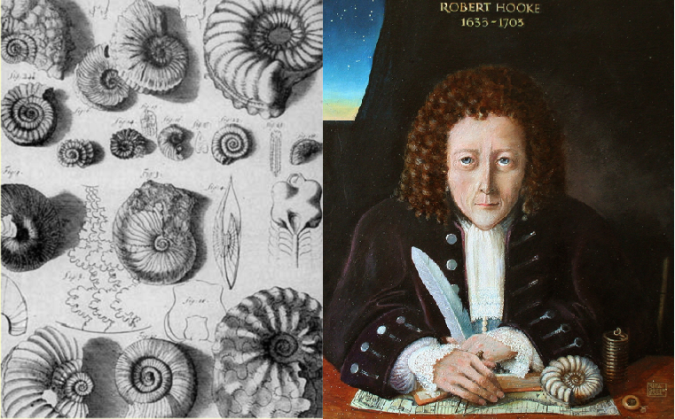
Ammonites found near Yeovil in Somerset. From Natural History Museum database. © The Natural History Museum, London
Ammonites are the common name given to the subclass Ammonoidea, an extinct order of cephalopod. The first occurrence of ammonites is from the Devonian around 400 million years ago. The last surviving lineages disappeared, along with the dinosaurs, 65 million years ago in the Cretaceous–Paleogene extinction event.
Since antiquity, ammonites has been associated with myths, legends, religion and even necromancy. They were known as “Cormu Ammonis”, “Corni de Ammone” or “Cornamone” because their shapes resemble the tightly coiled rams horns used to represent the Egyptian god Ammon. Pliny the Elder (AD 23 – August 25, AD 79) referred them in his monumental work Naturalis Historia. He wrote: “The Hammonis cornu is among the holiest gems of Ethiopia, it is golden in colour and shows the shape of a rams horn; one assures that it causes fortune-telling dreams”. This could be explained because pyritised ammonites have a sparkling, golden appearance.
The salagramas are ammonites worshipped as divine symbols of Vishnu—the four-armed God, Sustainer of the Universe who holds a disc or wheel (chakra) in one of his hands. In China, were described as horn stones ( jiao-shih) and they being used as an ancient remedy. Japanese referred them as chrysanthemum stones (kiku-ishi) and Buddhists interpreted them as a symbol of enlightenment.
They have been interpreted as petrified venomous snake (“ophites”) often called “serpentstones”. In medieval England, they were considered evidence for the actions of saints such Saint Patrick or St. Hilda of Whitby. According to tradition, these fossil Ammonites were serpents that infested the region of Whitby, before the coming of St. Hilda. This is cited in Sir Walter Scott’s Marmion:
“… Of thousand snakes, each one
Was changed into a coil of stone,
When holy Hilda prayed;
Themselves, within their holy bound,
Their stony folds had often found.”
Georgius Agricola, often named as “the father of mineralogy” and author of De Re Metallica, a work based on Pliny’s work Historia Naturalis, also referred them as Ammonis Cornu. Conrad Gessner include some ammonite’s illustration is his work De rerum fossilium (1565). But even toward the end of 17th century the ammonite organic nature was still under debate. Robert Hooke was fascinated by the logarithmic coil of ammonite shells and their regularly arranged septa. He reached the conclusion that ammonites are not only of organic origin but also widely resemble Nautilus. A landmark in ammonite research was the classification scheme given by Johann Jacob Scheuchzer in 1716.
The modern form of the word ammonite was coined by the French zoologist Jean Guillaume Bruguière (c.1750-1798) in 1790, but only in 1884 the subclass Ammonoidea was formalized in zoological taxonomy.
References:
Marco Romano, From petrified snakes, through giant ‘foraminifers’, to extinct cephalopods: the early history of ammonite studies in the Italian peninsula, Historical Biology 2014, http://dx.doi.org/10.1080/08912963.2013.879866
Van der Geer AAE, Dermitzakis MD, De Vos J. Fossil Folklore from India: The Siwalik Hills and the Mahâbhârata, Folkore 119: 71-92. London: The Folklore Society (2008)


me gustaría poder utilizar esta información tal y como esta, es posible?,
Absolutamente. Siempre que se cite la fuente, no tengo objeción.
Definitivamente la cito, de eso no hay duda. Muchas gracias por todo. Curiosamente, mi blog se llama, shalagrama shila y de ahí que me intereso poder incluir esta info en una nueva entrada. Bienvenido cuando guste a leer. Aunque todavía no incluyo tanto componente geológico, mi objetivo es hacerlo. Saludos desde Costa Rica!!
For more about saligrams, see: Taylor, P.D. 2012. Saligrams and Vishnu: ammonites in Hinduism. Batalleria 17: 39-44.
Pingback: The Sir Hans Sloane Birthday Collection: Giants’ Shoulders #70 | The Sloane Letters Blog
Pingback: The early history of ammonite studies in Italy. | Letters from Gondwana.